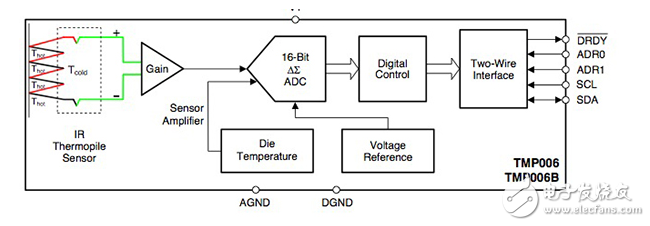
资料下载

超薄传感器流行(超过时尚原因)
超薄传感器流行(超过时尚原因)
对于痴迷于超薄的人群来说,传感器似乎反映了时尚潮流。纳米技术和纳米材料的物理、化学和生物传感器提供了新的解决方案,使灵敏度提高可靠地检测和识别污染物来源发现杂质,找到病原体,并克服通常与传统的传感器相关的技术壁垒。因此,超薄传感器越来越多地被应用在各种各样的健康,安全和环境应用中,尺寸当然重要,少多,和“薄在。”。
传感器能变薄吗?而作为气体传感器的薄膜半导体材料技术是现在很好理解,Alexander Balandin,在加利福尼亚大学研究生在河边,他的实验室的学生想去级进一步命令UC总统椅子和电气和计算机工程教授:他们建造的原子稀薄气体和化学气相传感器从二硫化钼和测试在位于Troy的伦斯勒理工学院的研究人员合作,纽约。该器件具有二维通道,这是理想的传感器应用,因为高的表面体积比。传感器与原子薄层二硫化钼具有较好的选择性,某些气体由于该材料的电子能带隙,导致电流强烈抑制暴露在某些气体。研究人员表明,传感器,他们称之为二硫化钼薄膜场效应晶体管(tf-fet),可以选择性地检测乙醇、乙腈、甲苯、氯仿和甲醇蒸气。

Medical applications are major drivers behind ultra-thin sensor technology. For example, there are flexible pressure sensors that monitor the forces from artery-wrist blood pulses and acoustic waves, nanomaterial flexible pressure sensors with touch sensitivity, which are paving the way for artificial skin, and ultra-thin MEMs capacitive-pressure sensors that detect miniscule ambient-pressure changes. As sensors shrink, however, power and performance are certainly not diminishing.
Ingestible-sensor developer Proteus Digital Health and computer software giant Oracle recently announced a digital health-feedback system comprised of an ingestible pill sensor, a wearable patch, and a software system, with Oracle’s InForm software providing the data collection. The two companies joined forces to understand and measure medication ingestion, dose timing, and patient physiologic responses, allowing clinical trial investigators access to accurate medication adherence information compared with the self-reporting and occasional lab-test methodology currently used.
声明:本文内容及配图由入驻作者撰写或者入驻合作网站授权转载。文章观点仅代表作者本人,不代表电子发烧友网立场。文章及其配图仅供工程师学习之用,如有内容侵权或者其他违规问题,请联系本站处理。 举报投诉
- 相关下载
- 相关文章






